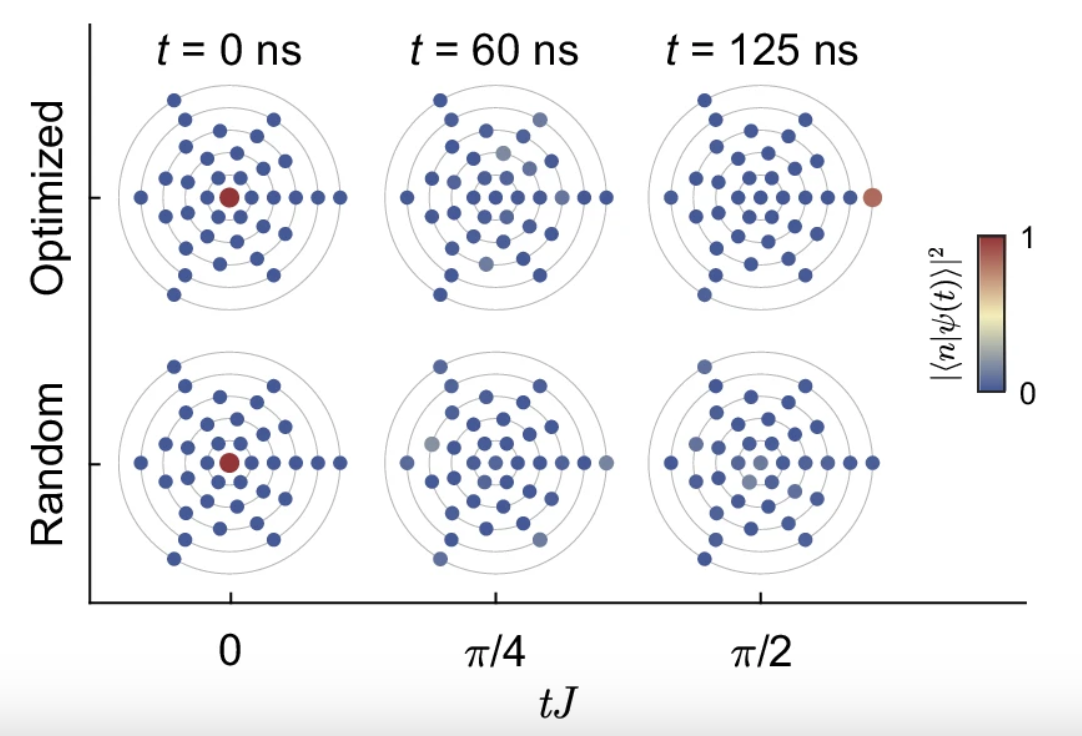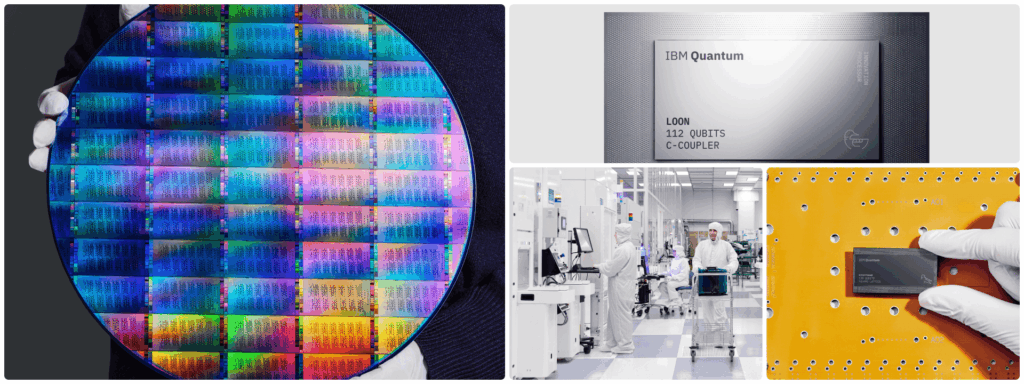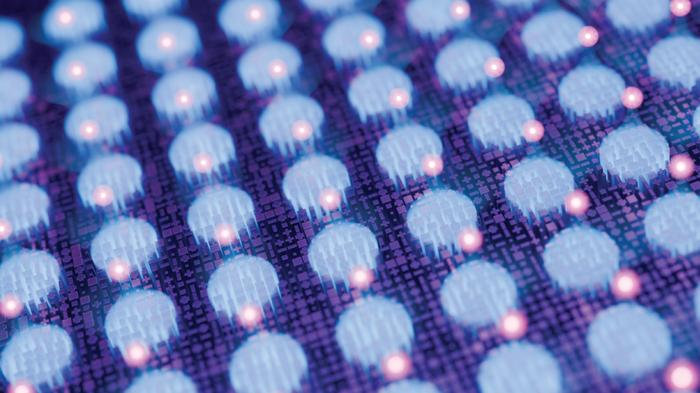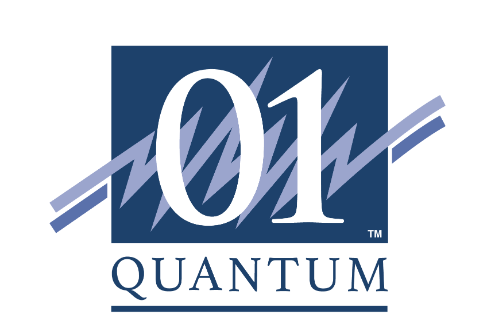Insider Brief
- Researchers report they may have taken a significant step in improving the efficiency and reliability of quantum communication.
- The team developed a scalable protocol for transferring quantum states within a two-dimensional quantum network.
- The experiment used a superconducting quantum circuit with thirty-six tunable qubits.
A team of Chinese and American researchers report on a significant step forward in quantum communication, leveraging a superconducting quantum circuit with thirty-six tunable qubits, according to a study published in Nature Communications. This work aims to overcome the persistent challenges of transferring quantum states and, because of the need for reliable short-distance quantum communication to connect distributed quantum processors or registers, might turn into a fundamental component for advancing quantum computing, the team added.
They write in the paper: “Recently, the growing system sizes of quantum computing platforms make it of paramount importance to realize quantum communication between different parts of a single device (or short-range quantum networks14), particularly for solid-state architectures with local interactions.”
The Challenge of Quantum Communication

Quantum computing’s promise hinges on several crucial capabilities: processing, sensing, storage and communication of quantum information. While classical communication can rely on well-established methods, quantum communication requires entirely new designs to handle the delicate nature of quantum states. Existing experimental demonstrations of quantum information transfer in solid-state systems have been limited to small chains with few qubits, often using non-generic methods, the scientists write.
The researchers in this study tackled this issue by developing a scalable protocol for transferring quantum states within a two-dimensional quantum network. This network features thirty-six tunable qubits in a superconducting quantum circuit, offering a versatile platform for quantum communication.
They write: “Our protocol not only can be used to realize remote interaction and distribute entanglement across a large solid-state device but also provides a constructive technique for designing quantum channels as building blocks to link two processor nodes.”
Innovative Protocol and High Fidelity
The researchers employed a sophisticated optimization procedure rooted in overcoming quantum chaotic behavior to achieve high-fidelity state transfer. They focused on three types of quantum state transfers: single-qubit excitation, two-qubit entangled states and two excitations exhibiting many-body effects.
Scientists refer to many-body effects as the collective interactions among multiple particles in a quantum system, which are not only extremely complex, but also crucial for understanding and harnessing phenomena like entanglement and superconductivity. Harnessing these phenomena, of course, is essential for scientists to advance the capabilities and efficiency of quantum computing.
The team’s approach demonstrated the transfer of a single excitation across a 6×6 qubit network. The 6×6 qubit network refers to the two-dimensional grid of 36 interconnected quantum bits (qubits), in this study, used to perform and study the complex quantum operations and interactions.
The approach achieved a maximum transfer fidelity of 0.902 ± 0.006. Although this fidelity is high, they report it falls short of the near-perfect fidelities achievable under ideal conditions, primarily due to residual thermal excitations within the qubit network.
Overcoming Thermal Excitations
Thermal excitations pose a significant challenge, causing experimental infidelity, according to the researchers.
Numerical simulations indicate that even a small percentage of thermal excitations can lead to substantial transfer errors. For instance, a 0.5% thermal excitation rate in each qubit could result in transfer errors of approximately 3% for a 3×3 network and about 10% for a 6×6 network. Suppressing these thermal excitations is crucial for improving future transfer fidelity in two-dimensional networks.
Monte Carlo Annealing Optimization
The team writes that they mitigated thermal excitations by employing a Monte Carlo annealing optimization process.
While it might sound like the researchers were employing a baccarat strategy, in this context, Monte Carlo annealing optimization refers to the use of random sampling techniques to explore the solution space, similar to how Monte Carlo methods are used in various fields to solve problems involving uncertainty and complex probability distributions. In this experiment, the process involves varying the couplings between neighboring qubits to minimize transfer infidelity, guided by a simulated annealing algorithm that gradually lowers a “temperature” parameter to escape local minima and find a global optimum. This technique allows the researchers to fine-tune the qubit interactions to achieve high-fidelity quantum state transfer even when dealing with residual thermal excitations and other experimental imperfections.
A key aspect of this optimization is maintaining network inversion symmetry, which simplifies the parameter space needed to minimize infidelity. This strategy reduces the number of couplings to optimize, making the process more efficient and practical.
Implications and Future Directions
There is still work to do, the researchers write, but this study’s experimental demonstrations point toward the protocol’s significance, especially for quantum communication.
The researchers’ protocol facilitates remote interaction and entanglement distribution across large solid-state devices, offering a constructive technique for designing quantum channels. These channels can serve as building blocks to link processor nodes, advancing the field of distributed quantum computing.
Looking ahead, the combination of dual-rail encoding and mid-circuit measurement techniques presents a promising avenue for enhancing the speed and robustness of quantum state transfer. If successful, the team believes they could further bridge the gap between theoretical optimal conditions and practical experimental setups.
The team, which included researchers from Zhejiang University, University of Houston and University of California, Davis, comprised Liang Xiang, Jiachen Chen, Zitian Zhu, Zixuan Song, Zehang Bao, Xuhao Zhu, Feitong Jin, Ke Wang, Shibo Xu,Yiren Zou, Hekang Li, Zhen Wang, Chao Song, Alexander Yue, Justine Partridge, Qiujiang Guo, Rubem Mondaini, H. Wang and Richard T. Scalettar.
For a deeper dive into the technical aspects of this study, please see the paper, available online in Nature.


















